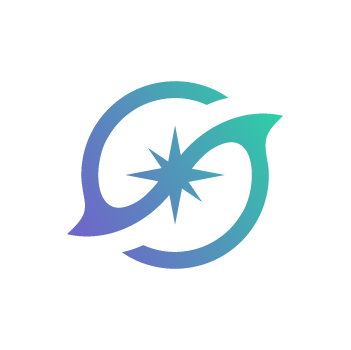Ava information systems
UI/UX & Graphic designer
About the company
AVA combines big data, distributed computing, pattern recognition, and artificial intelligence to take the safety of individuals, organizations, businesses, cities, and countries to a whole new level.
Monitoring mass volumes of data from multiple sources, AVA calculates the statistical, present and predictive safety and risk for your and any other given location. Covering categories such as crime, terrorism, natural forces, industrial disasters, and health it is really like meteorology for safety, laying the ground for new and world-changing solutions, unimaginable before.
The main goal is to enable individuals, organizations and societies to make the best-informed, safety-related decisions.
My work and responsibilities
I worked at this company for 2 years (2018 – 2020) as a graphic & web designer and project assistant. My main role was UI/UX designer but I also worked as a graphic designer on side projects.
Graphic design responsibilities:
1. Designing print collateral such as business cards, letterheads and other stationery requirements.
2. Designing marketing collateral for conferences and other events.
3. Other office requirements
Web design responsibilities:
1. Creating user-centered designs by understanding business requirements, and user feedback.
2. Creating user flows and wireframes
3. Develop UI mockups and prototypes that clearly illustrate how the platform functions and looks.
4. Translating requirements into style guides, design systems, design patterns and attractive user interfaces.
5. Designing UI elements
6. Identifying and troubleshooting UX problems
7. Conduct layout adjustments based on user feedback
8. Collaborating effectively with the product, engineering, and management teams.
My work and responsibilities
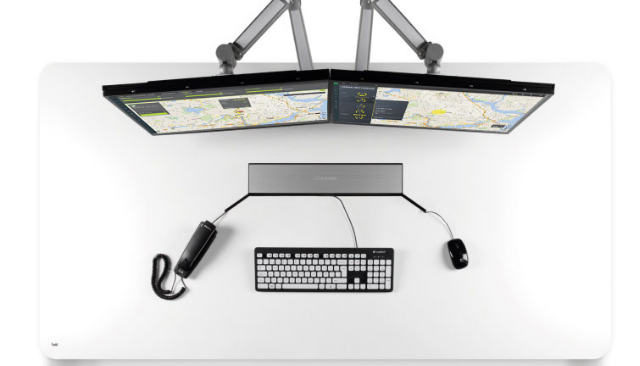
Web design projects:
1. Web platform
2. Dashboard (back office)
3. Management platform
4. Mobile app
Low fidelity wireframes
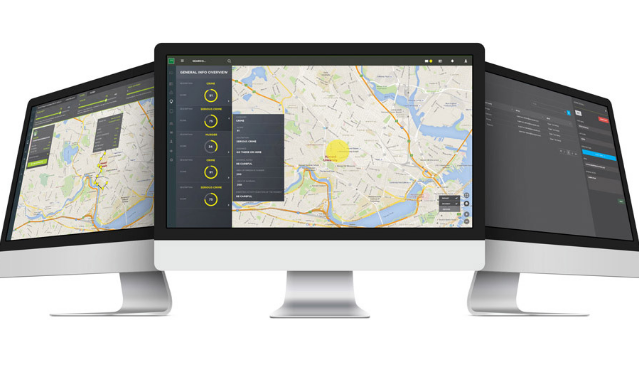
Platform
AVA is a widget-based web platform with an interactive map in the background. A very complex platform with a lot of data that needs to be easily accessible at any given moment.
Base architecture is built for scalability, using different types of widgets as the main components.
Map widgets can be adjusted accordingly to the user’s needs, providing specific information and options. Different users and companies require different types of safety and security data.
Widgets can be accessed from the (on/off) tabs on the navigation bar and they are the key point of this platform.
Research
Since AVA platform is adjustable to fit specific user needs, researching was a big part of my day-to-day responsibilities.
New features were developed on a regular basis for new users or current users that need custom features and possible adjustments.
Every research was based on proven techniques, meetings
and brainstorming. We had three types:
1. User research
2. Product research
3. Design (UI) research
Low fidelity wireframes
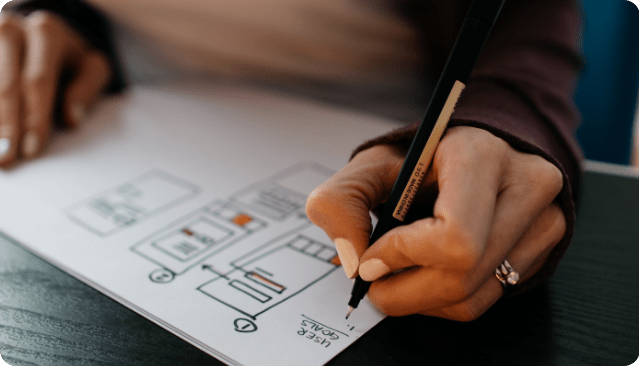
User research
User research was key to understanding customer’s (users) problems to improve our product. Also, this research provided the necessary information for custom features for new users.
We used the question board technique where we added question notes on a whiteboard. All gathered questions are organized within a specific category. There are four categories:
1. Attitude qualitative
2. Attitude quantitative
3. Behavior qualitative
4. Behavior quantitative
This research technique was a great guide from the start until the end of the project. Using a question board in all stages of the development provided adjustable solutions to existing or potential problems.
Changing the question layout as we learned new information created a strong understanding of the user’s needs.
Attitude qualitative
1. Asking the user
2. Direct approach
3. Interviews
4. Studies
Attitude quantitative
1. Observing the user
2. Direct approach
3. Moderated usability testing
4. Behavior tracking
Behavior qualitative
1. Asking the user
2. Indirect approach
3. Card sorting
4. Surveys
Behavior quantitative
1. Observing the user
2. Indirect approach
3. Unmoderated testing
4. A/B testing
Product research
Similar platforms and products:
1. Problems
2. Solutions
Competition (product) research:
1. Flaws
2. Advantages
3. Possible problem solutions
Industry research:
1. Novelties
2. Problems
3. Possible solutions
Design (UI) research
This was ongoing research regarding upgrading and enhancing features, design guides and product feel in general.
Researching new tools, components and possible UI enhancements, while keeping up with the latest trends and styles in the industry.
Wireframing
For every new customer, I had to create a custom widget set depending on the industry and user’s needs.
UI layout is based and the amount and type of data needed to be presented to the user.
Creating low-fidelity wireframes was a fast way of determining the widget layout and finding potential usability problems.
Combined with previous research, low-fidelity wireframing can be a great time-saver and project guide.
Low fidelity wireframes
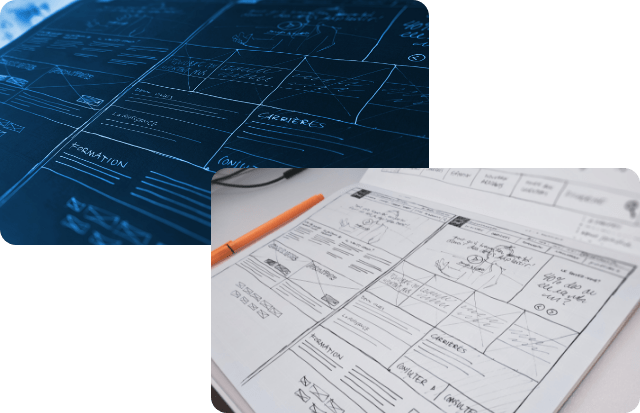
User interface
The second biggest responsibility was every aspect of the UI design. Translating requirements into style guides, design systems, design patterns and attractive user interfaces.
Building new components, based on the user’s requirements, into the existing design structure was one of the challenging aspects of the UI design process.
Learning about AVA design system helped me a lot to understand how to create new features and enhance the
existing ones.
Survey
Some of the responsibilities regarding UI:
1. Creating new UI elements and components while respecting the design guidelines and user requirements
2. Enhancing components, design elements and UI layout in general
3. Creating and maintaining design libraries and style guides
4. Testing the product for UI flaws
5. Working closely with the development team
Mobile app
I was one of the key members in developing the first mobile app for AVA. Working closely with product managers, owners and developers on designing an intuitive app layout with easily accessible information.
Mobile app workflow overview:
1. UX research (user and product research)
2. UI research (mobile components and elements, design guides, iOS and Android platforms)
3. Meetings and brainstorming
4. Wireframing
5. Creating UI layouts and components
6. Testing rounds
7. Adjustments and enhancements based on testing
Low fidelity wireframes
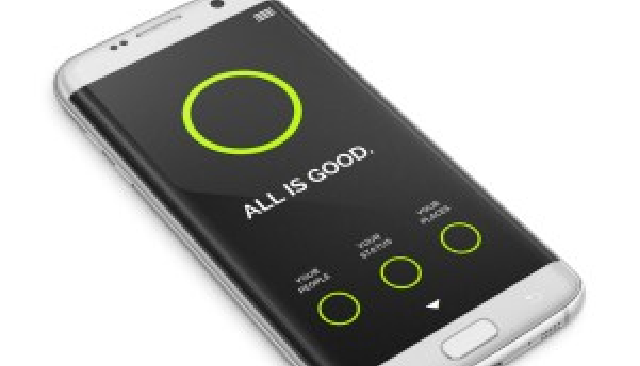
Low fidelity wireframes
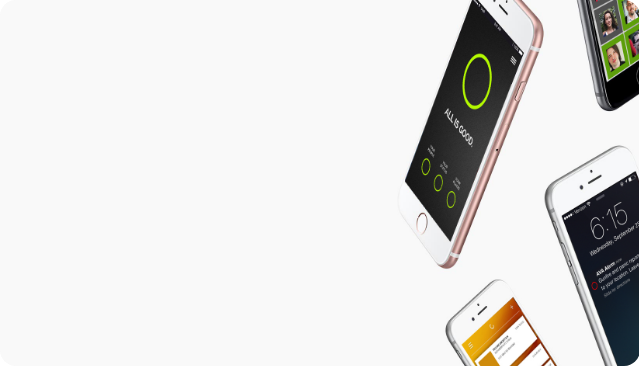
Challenges
As I mentioned before, this is a large-scale, data-driven platform with a lot of important information that needs to be easily accessible and presented. Conveying a large chunk of the web platform into a mobile app was the biggest challenge.
Finding the right place for each feature, section and option was a very time-consuming process. Overcoming this problem was based on research and testing.
Work experience
Working at AVA was a great experience for me. At this company, I learned a lot of important skills that helped me to upgrade my knowledge and professional career. I could single out some:
1. Proper UI/UX research
2. Conducting interviews and surveys
3. Multi-platform design processes
4. Team management and collaboration
5. Mobile app design processes
6. Problem solving
7. Attention to details
8. Creative thinking

Other web projects

Quantom
Ui/Ux Case Study
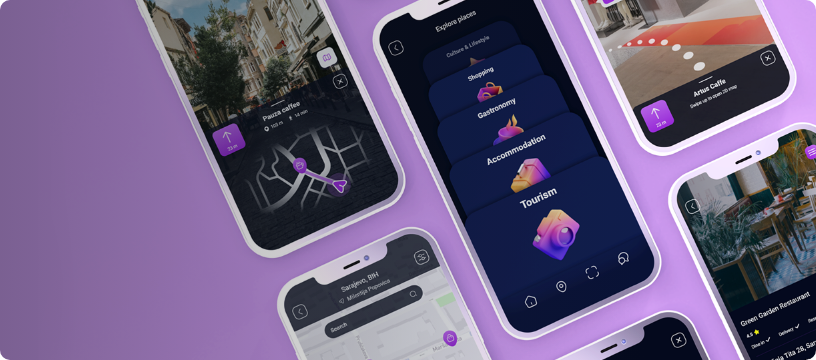
Saraja
Modern mobile app with augmented reality, navigation, new forms of information usage and advertisement.
Ui/Ux Case Study
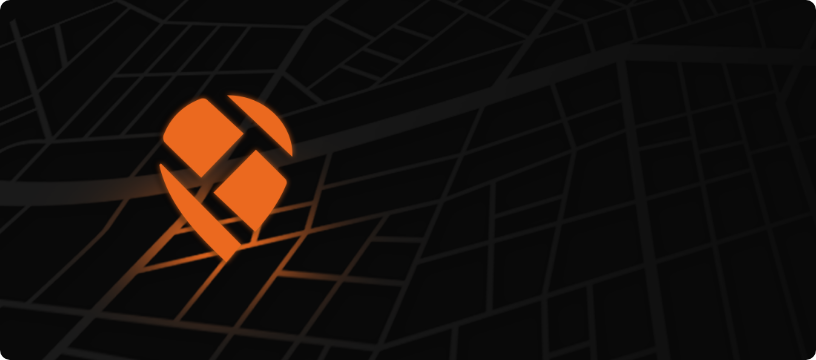
Hotspoter
Location Intelligence platform that provides the spots with the highest visitation impact in any place of interest.
